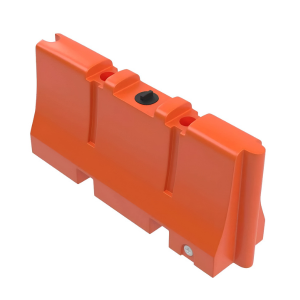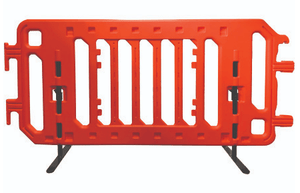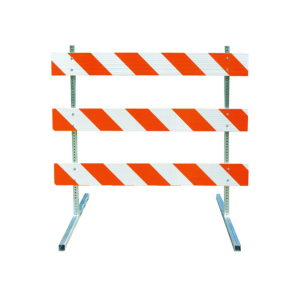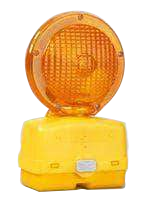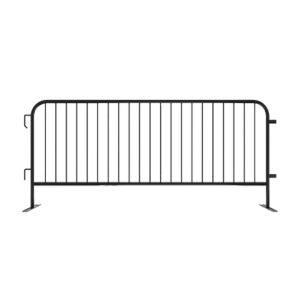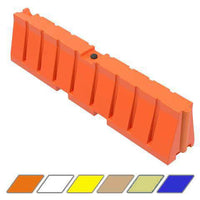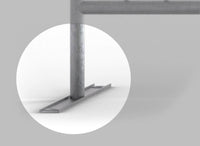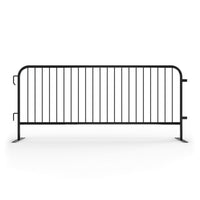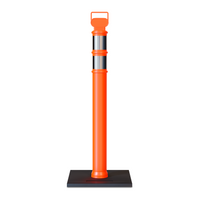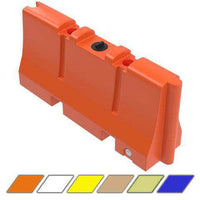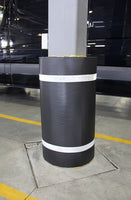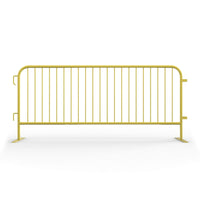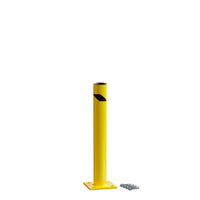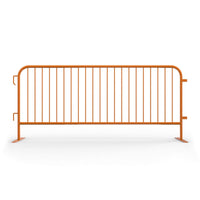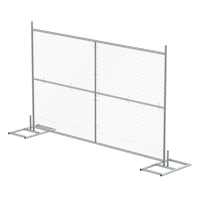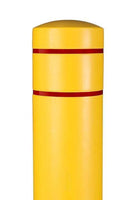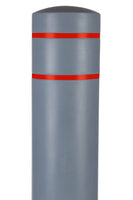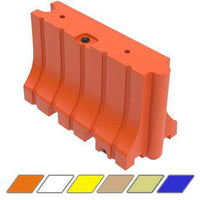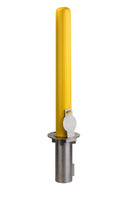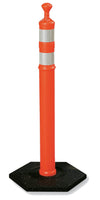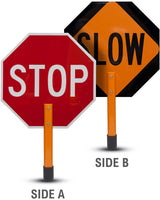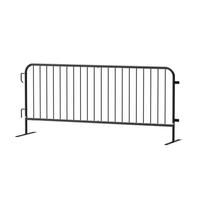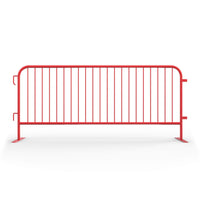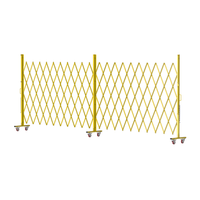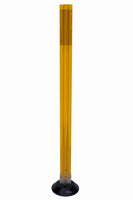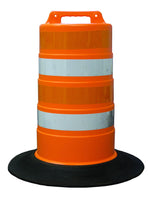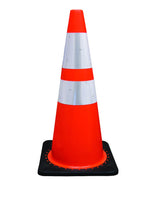Our traffic control equipment includes only the highest quality products engineering to manage traffic around construction zones, pedestrian walkways and other hazard areas. Increase driver awareness with high-visibility orange drums and barricades with optional reflective sheeting for maximum noticeability. All items are lightweight, durable and easy to deploy making them ideal for a temporary barrier solution.
Read Full Description...
Traffic Control
Traffic Control Product Highlights
As one of the highest risk industries in the US, the Occupational Safety and Health Association (OSHA) recognizes the need for each construction site manager to educate themselves on important safety requirements for their worksites. In this Compliance Assistance Quick Start tool, they guide construction managers through the steps of maintaining an OSHA compliant and safe worksite.
In OSHA's catalog of safety materials for construction sites, you'll recognize many of the products above. Be sure to review OSHA's guidelines thoroughly, but we'll address some frequently asked questions below as well.
Our high quality traffic safety collection includes some of the following traffic barricades and barriers:
-
Road Barriers: Our durable road barriers include plastic jersey barriers which are portable and ballast-able for optimum stability.
-
Folding Traffic Barricades: Our collection includes a variety of easily stored folding barricades like A-frame barricades, Type 1 and Type II barricades, and Type III barricades.
-
Traffic Cones & Cone Alternatives: Lightweight traffic cones and traffic cone alternatives include traffic barrels, traffic delineator posts, and portable bollards.
- Traffic Signs: Our traffic signs include a wide variety of messaging with high visibility colors or reflective elements for optimum visibility.
Traffic Barrier FAQ's
-
What are the various types of Positive Protection Devices?
"Positive Protection Devices" typically refer to the barriers which can contain or redirect a moving vehicle and which meet specific crashworthiness criteria . Some common examples are portable concrete barriers and ballast filled barriers, (explained below). You may have also seen these devices referred to as "jersey barriers".
These barricades are specifically designed to create a continuous barrier between workers and moving traffic while also minimizing the likelihood of vehicles being deflected into the oncoming lane of traffic in the event of a crash. This is achieved with the slight slope which allows tires to lift.
-
What are ballast filled barriers?
When a barrier is "ballast-able" it simply means it is hollow and can be filled with sand or water to add weight and sturdiness.
-
What does it mean when a steel barricade is "hot-dipped galvanized"?
When a steel barricade like this one is described as "hot-dipped galvanized", this means the structure is dipped in a molten-zinc bath. This treats the steel and makes it more weather-resistant and rust-resistant, even at the product joints. Read more about the galvanization process here.
Traffic Barrier FAQ's
-
How is a delineator different from a standard traffic cone?
Delineators and traffic cones are both used for alerting traffic to areas of increased hazard, but at ~50 inches high, traffic delineator posts are typically taller than standard traffic cones, which can range from 18-36 inches in height. When they have loop handles on top, they're also more conveniently connected by plastic chains or caution tape to serve as a more complete barrier.

-
How is a traffic barrel different from a standard traffic cone?
Traffic barrels (also called "traffic drums") are more cylindrical and create more of a barrier than traffic cones. This slightly sloping cylindrical shape also makes them very easy to stack and store.
Parking Lot Safety FAQ's
-
What's the difference between speed bumps and "speed humps"?
Speed bumps create a steeper or higher protrusion which require slower traffic speeds than speed humps.
-
What is a "bollard"?
A bollard is a simple post of concrete, steel, or HDPE (plastic) which is usually permanently mounted in the ground to protect certain areas of a parking lot from vehicle collisions. However, portable versions are available for temporary worksites as well.


 Belt Barriers
Belt Barriers
 Barricades
Barricades
 Classic Stanchions and Ropes
Classic Stanchions and Ropes
 Wall Mounted Belt Barriers
Wall Mounted Belt Barriers
 Plastic Stanchion Posts and Chains
Plastic Stanchion Posts and Chains
 Signage
Signage
 Traffic Control
Traffic Control
 New Products
New Products
